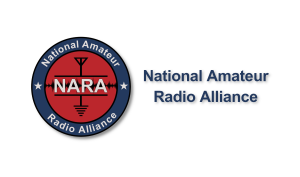On July 2nd, shortly before midnight local time in Hawaii, a dozen amateur radio operators did something nobody had ever done before—something that shows the best in amateur radio and could herald a transformation in the role “hams” (another name for amateur radio operators) can play in emergencies.
The Hawaii hams felt an earthquake and sent detailed reports that were immediately used by the United States Geological Survey (USGS) to assess the magnitude and damage done by this latest tremor. Their reports used a special email program, Winlink Express, that operates through high frequency radio even when normal communication channels are down.
It wasn’t the biggest earthquake. At M4.6, it woke a lot of people up, gave them a startle, but did minimal damage. The significance of the event was that it proved—once again—that amateur radio operators had found yet another way to play a crucial role in identifying and responding to emergencies. In the best ham tradition, it all came about through volunteer operators solving problems for an agency in need. It’s easy to see how this solution will save lives when there is—as there will be—more devastating earthquakes and responders are operating blind because of something called ‘the donut hole.’
Read more – MyITU:








More Stories
via Amateur Radio Daily: NARA Hosts Club Week Special Event
via the ARRL: Ham Radio Operators to Support Indian Ocean Tsunami Exercise
via the ARRL: 2026 ARRL Foundation Scholarship Program is Now Accepting Applications